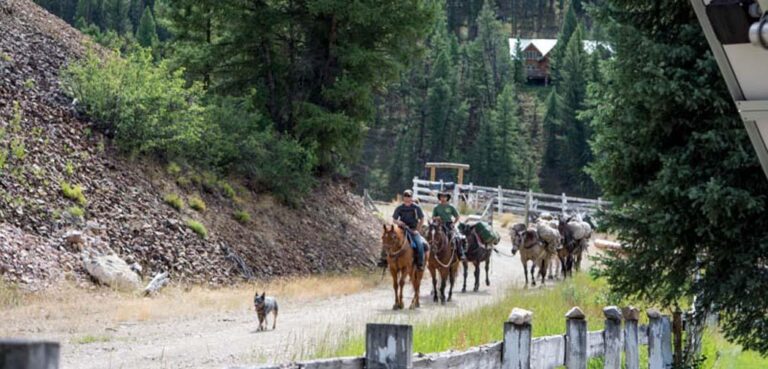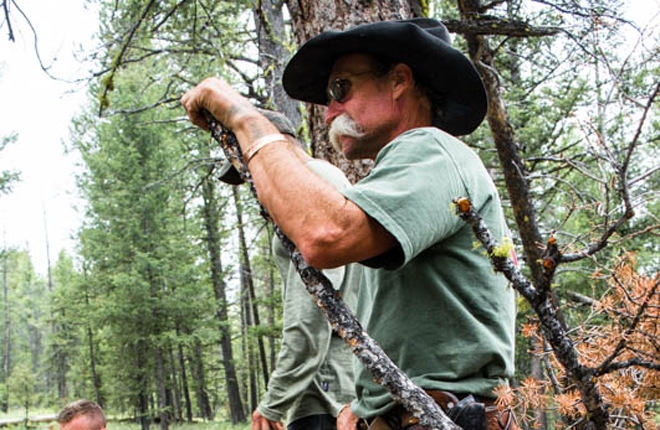Big-game Hunting Boosts Small Towns
The big business of big game in small towns

The town is named after a fish and has only a handful of stoplights, but it’s a gateway for rich outdoorsmen with disposable income and a desire to test themselves in one of the most unforgiving landscapes in the country. The town is Salmon, Idaho, population 3,100. Those rich outdoorsmen and their local hunting counterparts spent $1.02 billion in Idaho alone in 2011. That’s big business for a state filled with small towns like Salmon.
Ron Ens has been taking people on life-changing trips for nearly two decades. Salmon is the nearest town, but it’s still a good three-hour drive from his ranch, one of dozens in the state that provide services to residents and tourists alike. He’s seen the ups and downs of the industry, but says it’s had more ups than downs.
“Our industry can be somewhat of a ‘luxury item’,†Ens says, “So it does flex with the economy. But in my time doing this, I’ve seen a huge benefit to this area, and we’ve even seen a lot of visitors coming in lately from around the world. I think we’ve really got something here, and we’re just scratching the surface of getting the word out about it.”
Big game equals big business

Where Ens sees growth opportunity, the Idaho Fish and Game Commission sees an already-strong industry. A 2013 report says that over half a million sportsmen contributed to that $1.02 billion spent, and that over 15,000 jobs were supported by the industry. Nationally, the figure is $90 billion spent, which lead to $26.7 billion in taxes.
With such a huge industry built around a lethal sport, there are always detractors. Ens says that those who decry the hunting profession aren’t seeing the forest for the trees.
“You won’t find a bigger conservationist than an outfitter,†he says. Outfitter is the term for men and women like Ens who make their living as hunting guides. “Not only does a huge part of the taxes we pay go to help the different species of animals, we also get people out into the country, where they fall in love with it. And don’t forget, if the animals disappear, our business disappears too.”
A full-service operation
Outfitters are part guide, part valet and part concierge. Ens runs the Middle Fork Outfitters, which offers trips from the rugged to the glamorous, complete with preset tents, full food service (prepared and served by cooks who work for the outfitter), and livestock for riding and packing gear. They hunt everything from huge elk to mountain lions. The livestock are necessary because Ens works out of 260 square miles of the Frank Church River of No Return Wilderness Area, which is the second- largest protected wilderness area in the contiguous U.S.
While the economic impact to Salmon and the state of Idaho is undeniable, Ens isn’t in it for the money. “[My wife] Karla and I have a lifestyle that we would pay to live,†he says. “We get to wake up every day and experience something we love, and we get to do it together.”
And for the right price, you can experience it with them.
